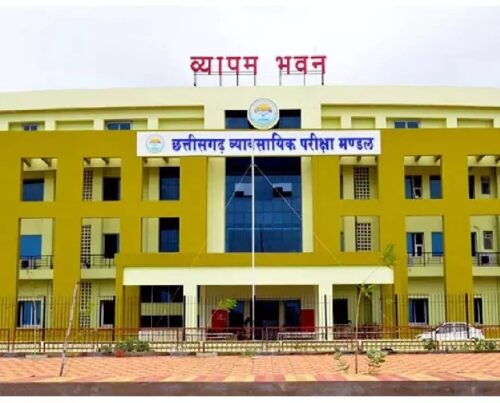Data vs Information Differences Explained with Examples


It represents the unprocessed and unorganized bits of information. For example, a list of temperature readings or a spreadsheet containing sales figures are considered data. Extracting value from data requires transforming it into actionable information.
Examples of information
- Are your competitors ahead of you or behind you in how they handle data and information?
- You’d realize that it’s a comfortable but not overly large space.
- Keeping this data unmanaged and unanalyzed will not create value; on the contrary, it will cost us money and resources with little return on investment.
- Effective information management also enables businesses to comply with regulations, maintain data security, and meet customer expectations.
Data acquired by researchers might become useless if they have no analytical inferences to make. Our human mores—the rules and customs by which we live—attempt to disincentivize me from sharing private information https://traderoom.info/ in this manner. If I’m discovered, I may be considered untrustworthy and cut off from future secrets, for instance. But information itself has no inherent properties that prevent it from spreading uncontrollably.
Main Differences Between Data and Information
Their primary role is to ensure how to utilize data and information in such a way so that businesses get desired outcomes with minimum shortcomings. But what astounds is that even today, organizations believe that data and information are interchangeable terms. Data are those facts and descriptions from which information can be extracted. Data alone has no https://traderoom.info/difference-between-information-and-data/ certain meaning, i.e. until and unless the data is explained and interpreted, it is just a collection of numbers, words and symbols. Unlike information, which does not lack meaning in fact they can be understood by the users in normal diligence. Information is data that has been structured or categorized and has some meaningful values for the recipient.
Can children catch up?
When information is accumulated or utilized to better understand or perform anything, it is referred to as knowledge. To get the most out of your data, organizations should implement these DM best practices and follow them. Once your information has an application or use, it then becomes knowledge. And knowledge can have a direct influence on your organization’s performance. See how Bloomfire helps companies find information, create insights, and maximize value of their most important knowledge.
Common Challenges of Data Analysis in Times of Information Overload
They can additionally be arranged into registries, periodicals, details, stats, government data, guides, handbooks, chronicles, and indexes. Both statistics and data are frequently used in scholarly research. Statistics are often reported by government agencies – for example, unemployment statistics or educational literacy statistics. These statistics are prepared with the help of data and information. Often these types of statistics are referred to as ‘statistical data. Information maps out that data to provide a big-picture view of how it all fits together.
What Even the Best Prompt Can’t Buy You in Data Science
So, our primary goal is to clarify the essential difference between Data and Information. The term ‘data’ is derived from the Latin word ‘datum’, meaning “to provide something”. However, keep in mind that data varies greatly – contacts with customers, providers, prospects, and workers may all be useful in data collecting. Furthermore, in order to learn about the difference between data and information, we must first understand what they signify. Take a closer look at data vs information and how these concepts might be utilized in a business ecosystem.
In the world of computers, data is the input, or what you tell the computer to do or save. Information is the output, or how the computer interprets your data and shows you the requested action or directive. In particular, companies in banking, insurance, and healthcare employ synthetic data across a wide range of use cases, from prediction modeling to data sharing. Synthetic data generators allow for data augmentation, such as rebalancing, imputation, upsampling, or downsizing real datasets. In other words, you can structure data in tabular format, graphs, or data trees, whereas information is the idea and thought based on that data. “Formatted data” is data “in a form.” Its values are arranged to conform to a predefined structure or shape.
It is a product and a collection of data that together contain a logical meaning. Of course, the quality of information is only as good as the precision and consistency with which it is provided. For example, if you have got a form on your official website that asks “How are you doing?”, the comments of your visitors represent qualitative data. The quantity of visitors who complete the form, on the other hand, is quantitative.
For example, a statistical analysis of sales figures highlighting trends or a report summarizing customer feedback is considered information. Data vs Information is one of the most debatable subjects in today’s times. Information unlike data provides insights analyzed through the data collected. Information can’t exist without data but data doesn’t rely on the information. Data, as an input, goes through a filtration process followed by a meaningful organization to generate output or information. In order to get a greater understanding of data vs information, we must first know what information means.
Rohit Rajpal is an accomplished writer and data enthusiast passionate about unraveling the intricacies of information and data. With a deep understanding of the subject matter, Rohit strives to simplify complex concepts and make them accessible to readers. Rohit’s expertise in the field and his knack for clear and concise communication make his blog an invaluable resource for those seeking clarity in the data-driven world. Information quality ensures the information fits its intended purpose and can be trusted for decision-making.
The new analysis examined testing data from about four million children, with cohorts before and after the pandemic. Should Trump be blamed for a collapse in output that rivaled the Great Depression? Should Biden get credit for millions of jobs created in 2021 that were largely a pandemic rebound? Information can be explained as any kind of understanding or knowledge that can be exchanged with people.







